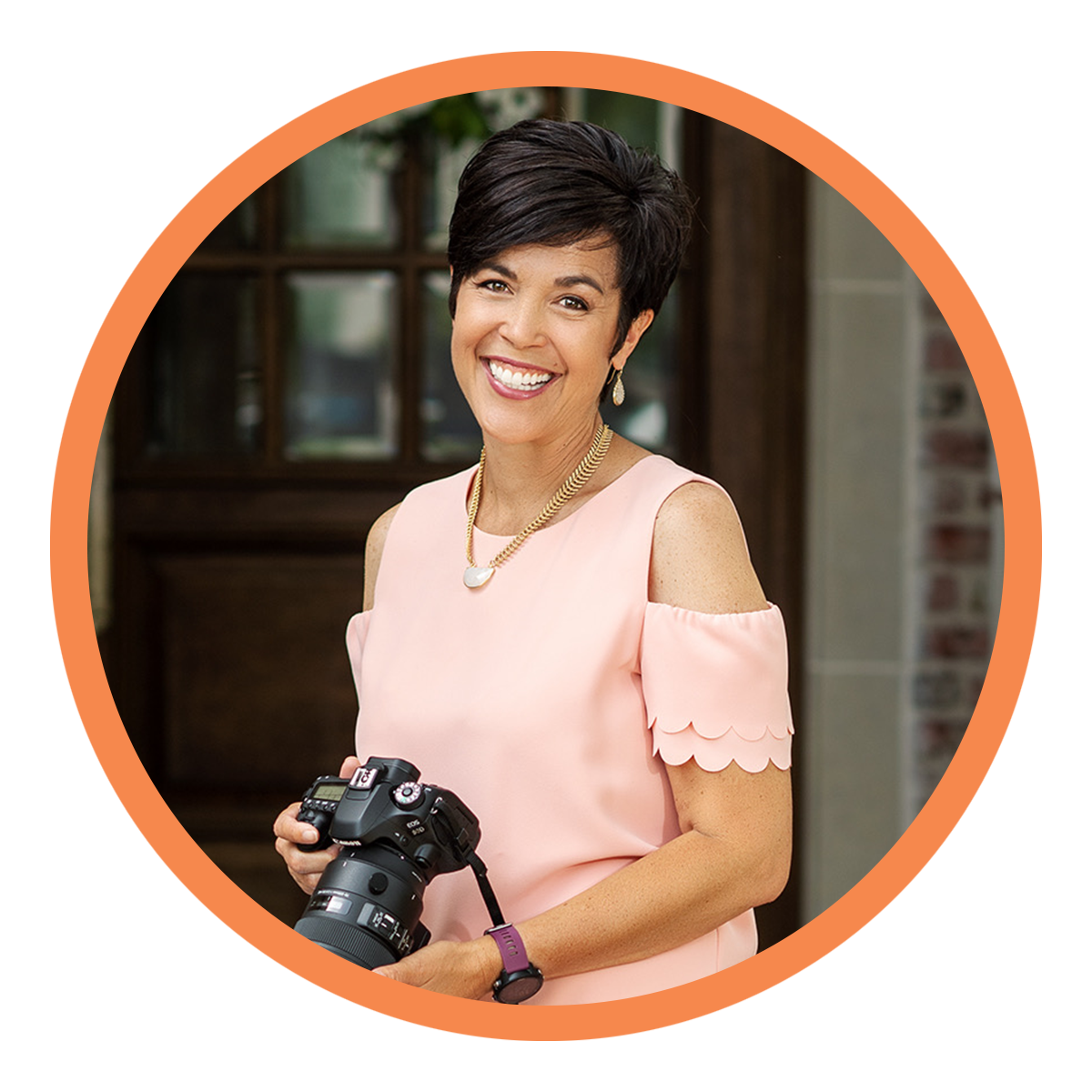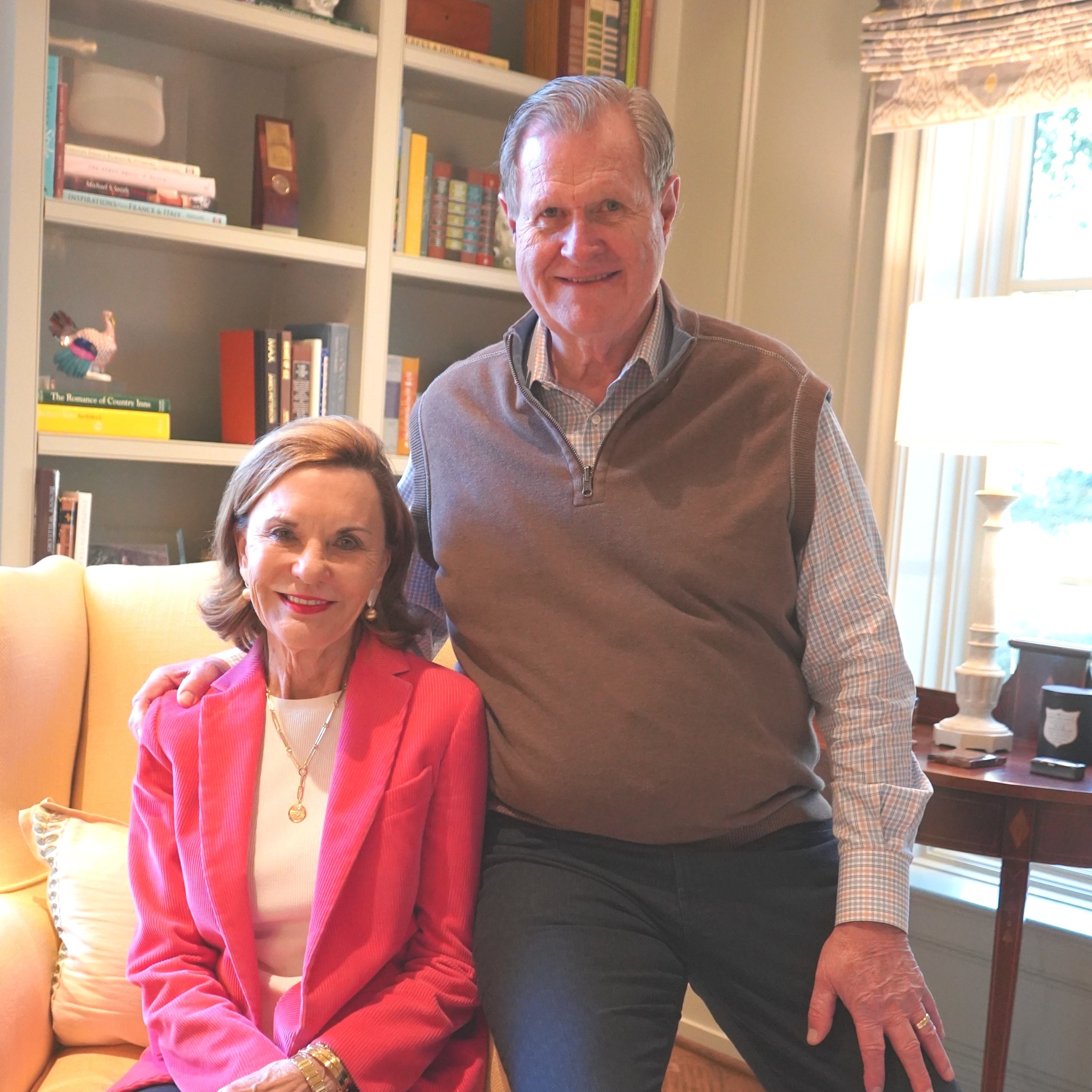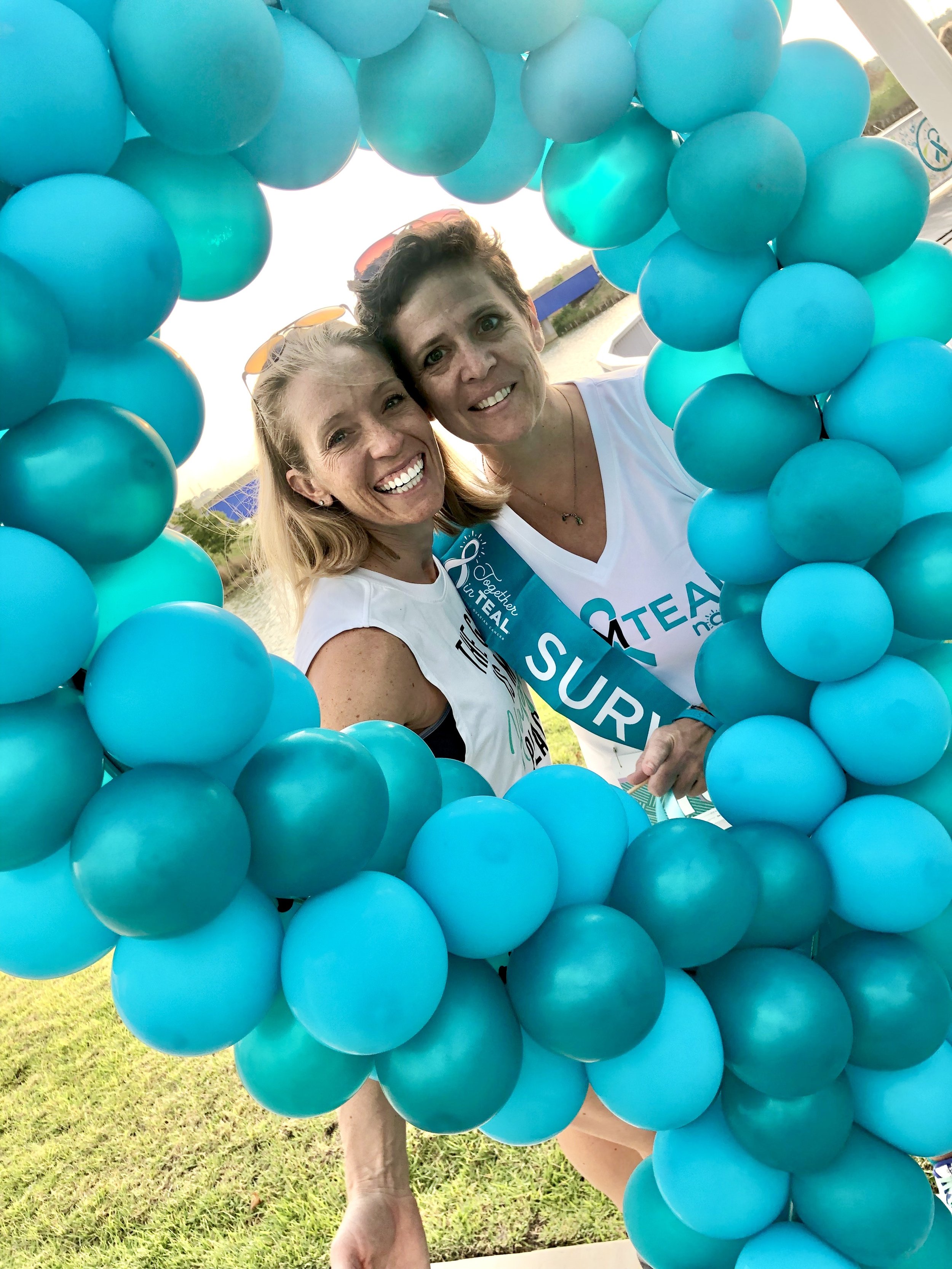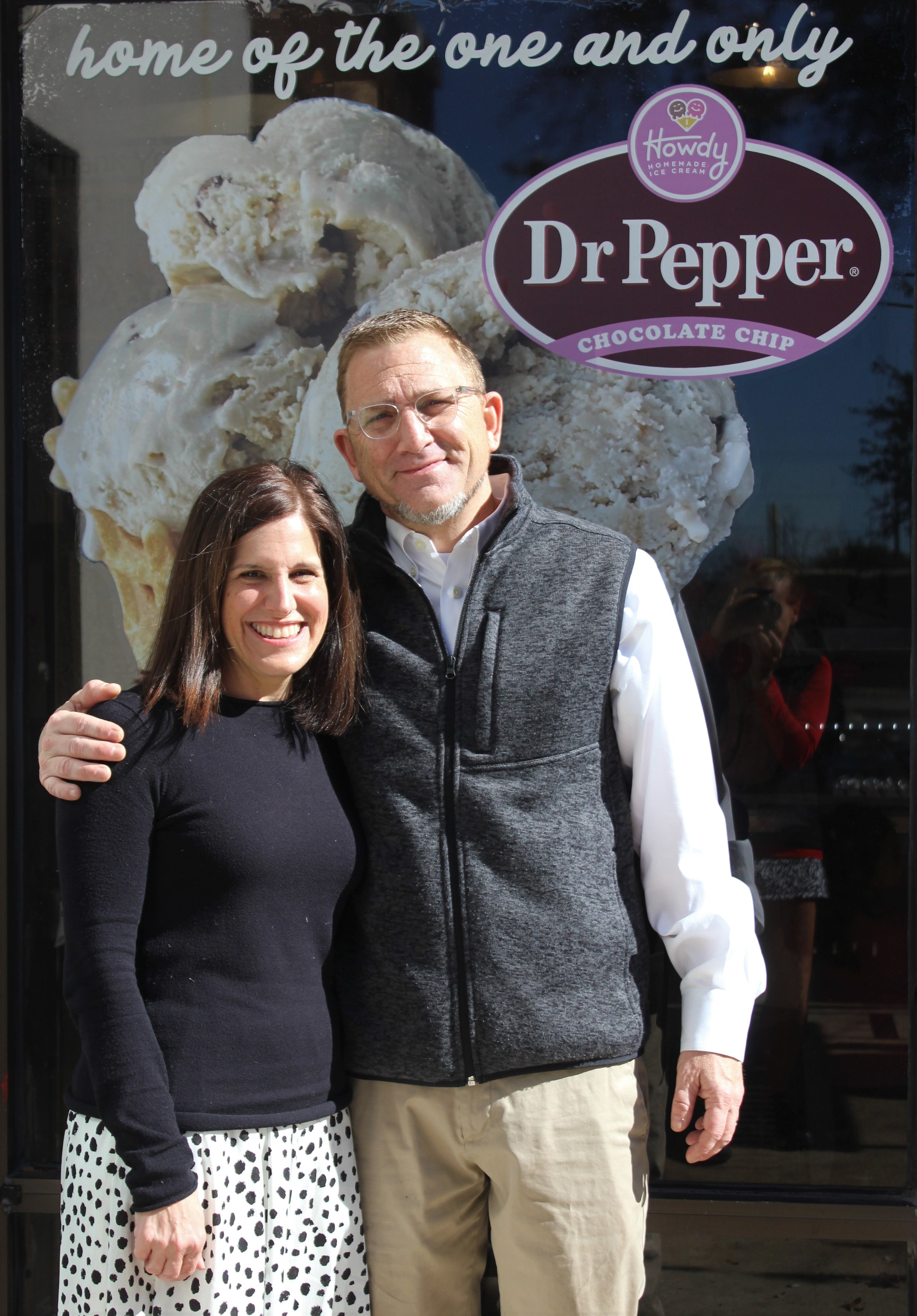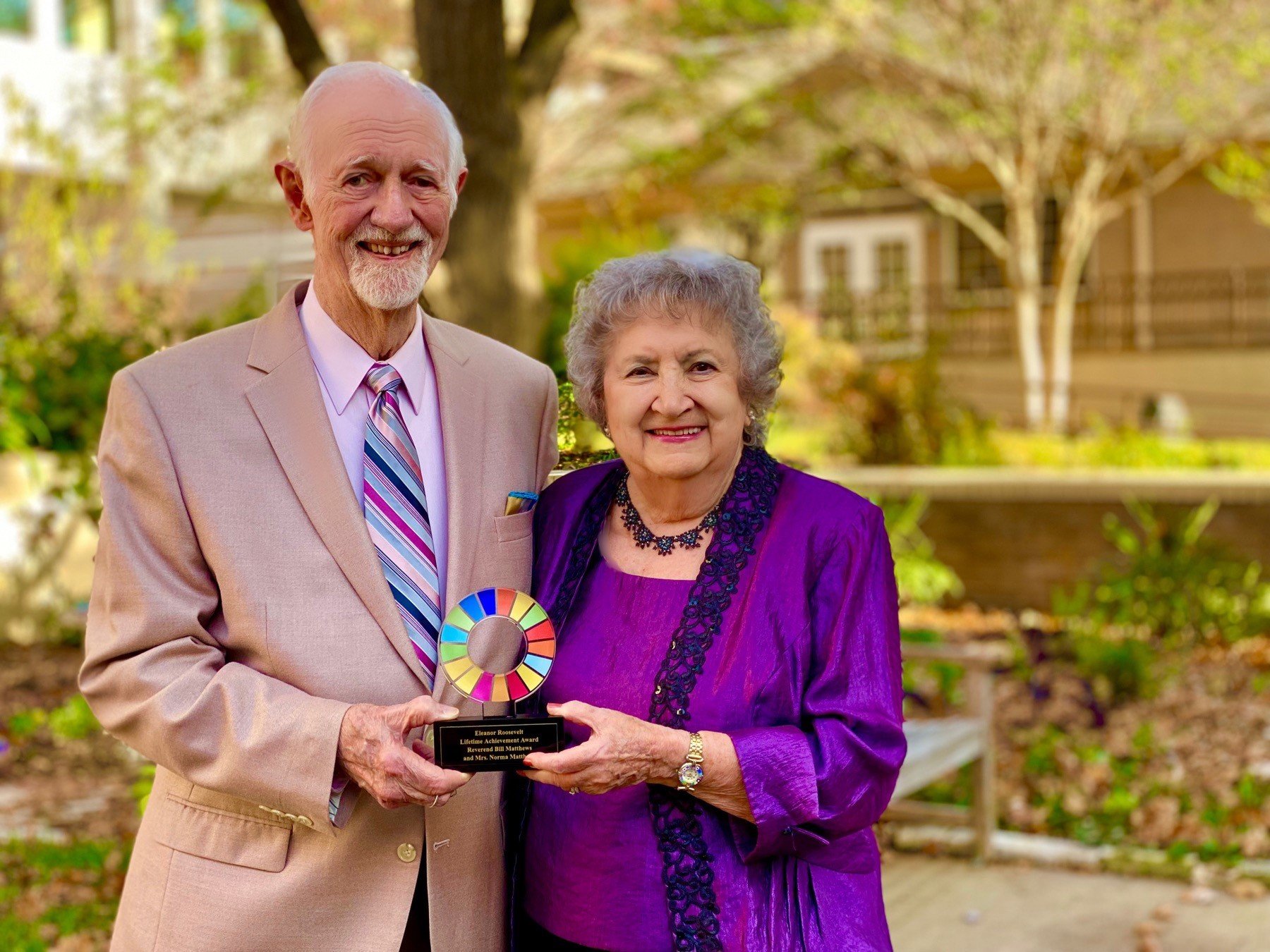Published May 5, 2021 at 8:58am.
Story by Mary Martin. Photos by Erin Schreyer.
For Irish Burch, stepping into the CEO role at Dallas Children’s Advocacy Center (DCAC) is the next step of a legacy. Her first job as a social worker honored her mother’s work in the same field, and her work with DCAC began nearly 20 years ago. Serving on the frontlines of child protection as well as providing statewide leadership for child advocacy agencies, Irish knows full well the scope of the problem children in Dallas are facing, both before and after the introduction of COVID-19. Irish shares about her own upbringing, where she sees gaps that need to be filled, and how collaboration is making more solutions possible than ever before.
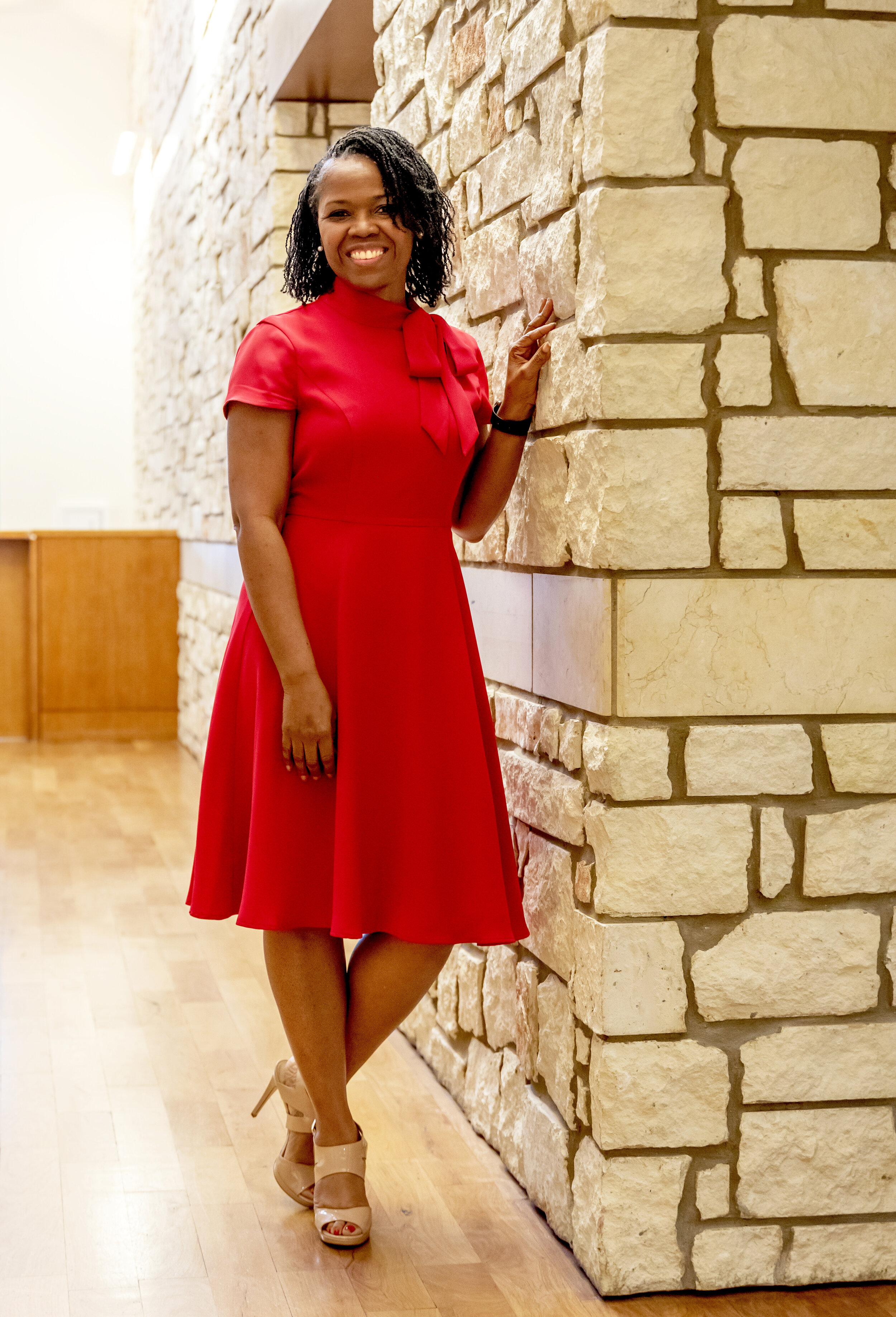
Your career and life’s work has been centered around children. What was your own childhood experience like? How has your family shaped your outlook of children in the community?
I grew up in the Southern Dallas area. Although we did not live in the best neighborhood and sport the newest fashions, my father and mother (never married but were excellent co-parents) ensured that my siblings and I never went without. I went to sleep in my home each night, knowing that regardless of what was happening outside of our four walls, I need not worry as I slept comfortably in my bed shared with other siblings. Although the world held unknown threats, I was safe and sound because there were no threats within my household. Unfortunately, after 27 years in this field, I certainly recognize that is not the case for all children.
I first knew that I would work in this field as I entered my senior year of high school. While attending a local community college on scholarship, I was assigned the task of writing a term paper on the subject of my choosing. I selected child abuse as my topic. I can’t tell you why I did that, but I remember looking through the endless articles, books, and encyclopedias (yikes, I just dated myself!) and being horrified by the stories I read and the pictures I saw.
Many do not know this, but my mother was also a child protection services investigator early in her career. I can vaguely remember conversations with her around the fact that not all children have safe living environments and that sometimes the people responsible for loving us the most can also be the people who hurt us. Little did I know that she planted a seed that would grow over time and land me in the seat that I sit in today.
Today, I am married to my best friend of 24 years. We have the privilege of parenting two fantastic adult children. I am also a grandmother of the cutest little one you will ever see and an aunt to a host of nieces and nephews. When I go to work every day, I picture the children in my life and know that I am fighting for the countless other children that I cannot see.
Funny story: My mom told me not to major in social work. She feared that I would follow in her footsteps of being a social worker/child protection investigator and was very concerned that it would be too much for me. So, to keep the peace and throw her off, I double majored in Psychology and Counseling. Soon after graduation, I applied for our local child protection agency. And the rest, as they say, is history.
As you’ve stepped into the CEO role at DCAC, you are returning to a familiar agency. Tell us more about your first job as a Child Protective Services investigator and then working with DCAC in Partner Relations for more than a decade.
I started my career in 1994, following in my mother’s footsteps as a CPS investigator. As a CPS investigator, interviewing children was the best part of my job. I happened to learn about Dallas Children’s Advocacy Center when I was investigating a childcare abuse and neglect allegation and set up a forensic interview (something I had never heard of) at DCAC.
I remember being in awe as I watched the interviewer from the nearby observation room interact with the preschooler. She was incredible. I learned that DCAC had an opening for a forensic interviewer in 2003. Although I was said to leave DFPS, I jumped at the opportunity to interview children about severe child abuse allegations and work with the partner agencies to participate in a better approach to investigating these cases.
The Children’s Advocacy Center model is built on collaboration, and there is no better way to investigate severe child abuse cases. Bringing together multiple disciplines (law enforcement, child protection, medical, prosecution, advocacy centers) and attempting to ensure that each are all running in the same direction, and at a similar pace, for the best interest of an investigation can be daunting to some. But not me. After moving from interviewing children to supervising the program and then on to a senior leadership role that I spent most of my tenure in, I knew I had found my sweet spot. I thrive on helping our partners remain focused on the children we serve and ensuring that we utilize each discipline for the expertise they offer. Together we work to ensure that the children and families we serve benefit from a holistic approach throughout the life of their case – from investigation to healing and the judicial process.
The combination of my experience as a frontline responder and as the person responsible for managing our partner relationships provided me with unique insight into how our agency works and many of the challenges we face in this field. As a past CPS worker, I know what it is like to go into a home to check on a child. As a forensic interviewer, I know what it is like to sit quietly across the table as a child chooses to tell you what they have perhaps had vowed for months, or even years, to never tell another living soul. I know what it is like to help teams remain focused on the welfare of all the children we are serving while they struggle to deal with their secondary trauma, as well as the need to take care of their own children and families. I know what it takes to get this job done, and it takes all of us. No one entity or person can do this work alone. As I always say, we are better together.
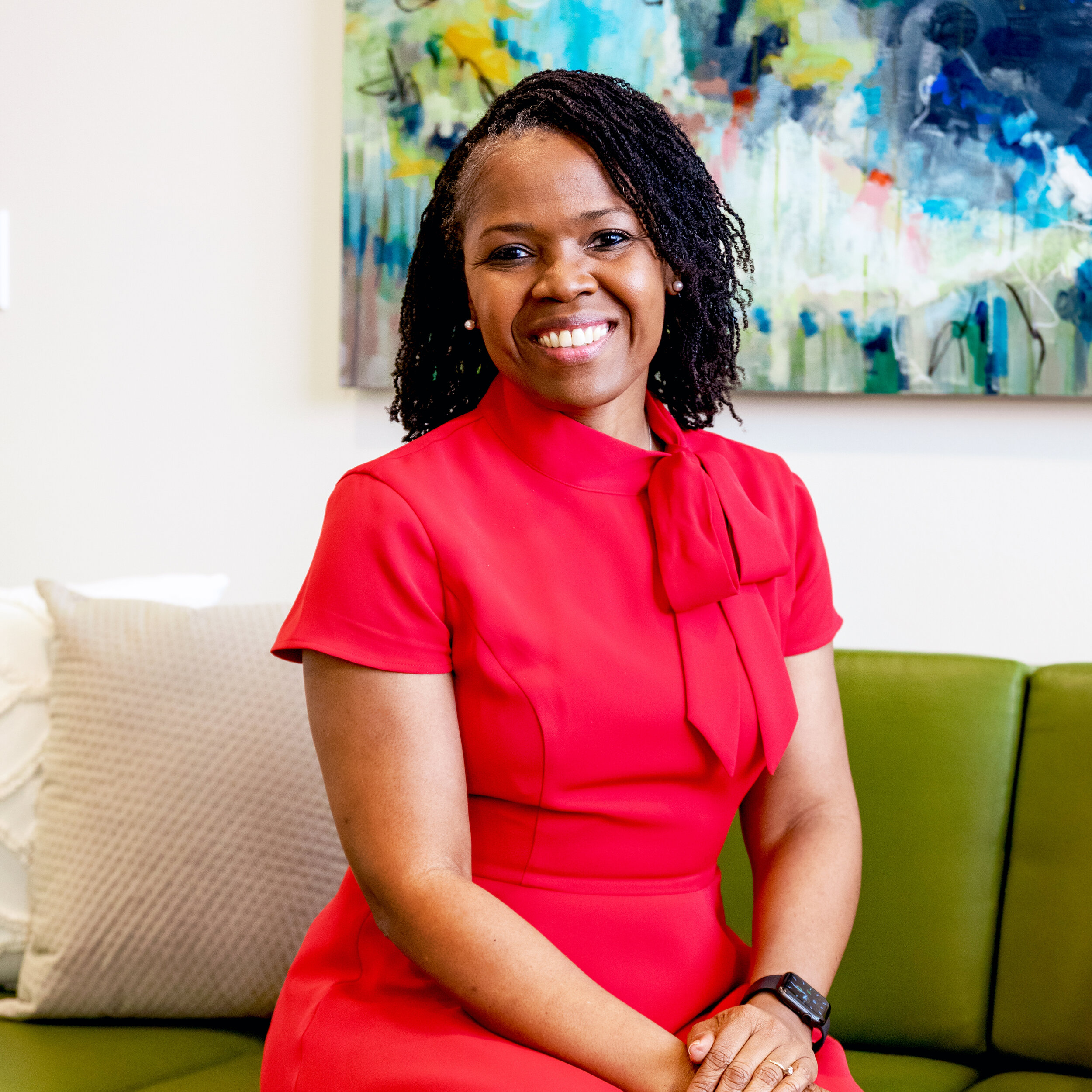
Looking back over the past two years, where have you seen growth in the community’s ability to care for children experiencing abuse, and where do you still see gaps in the system?
Before the pandemic, I believe that most agencies were functioning as they always had. The goal was to ensure that every child who needed them received our services. Most of us were moving along and conducting business as usual with a few tweaks here and there. In comes COVID-19 and disrupted our entire worlds. And for all the hardship it has brought us, it also taught us how to be more adaptable and flexible when needed. When forced, we learned how to be more innovative and creative in identifying new ways to reach our clients.
For example, before COVID, our mental health sessions were conducted only in person. Since COVID, we, like many social service agencies, had to pivot and figure out a new way to reach our clients and provided them with the much-needed support. Now we can see clinical clients virtually, ensuring the elimination of disruption in services for when our families need us the most.
We also know that during the pandemic, reports of child abuse dropped. While some assumed that meant children were safer in their homes and that incidents of abuse were on the decline, those in the child abuse field were screaming a resounding, “No!” What this meant was that our children could not get to a safe person to tell about the abuse. Most child abuse reports come from teachers. With schools being closed and all teaching conducted online for several months, we know that these left children unprotected and vulnerable in their own homes. We read over 27,000 reports of abuse last year but saw only a fraction of these children. This leads me to believe that there is more to be done to educate the public on the role they play in keeping children safe.
We also see an increase in reported cases and awareness around child sex trafficking. We work with the Governor’s office and other local nonprofits, as well as our Partners, to wrap our arms around children who are victims of this crime. Coordinating services and educating professionals and community members on the needs of this client population will be critical to getting in front of this issue.
The team at DCAC is known for its deep collaboration with other organizations. How are those connections making the work to end child abuse possible?
The Children’s Advocacy Center movement would not be possible without collaborating and working alongside our partner agencies. The information sharing and networking we do with our partners is critical to the investigation and healing services for children and ending the crisis of child abuse. To be innovative in the field of child abuse requires continual evaluation of current efforts and exploration of new, more effective ways to do this work. As mentioned above, we cannot investigate child abuse cases in silos. It takes a team approach to wrap our arms around the families we serve during some of the most stressful times of their lives.
For over thirty years, DCAC has held what is now the largest conference in the field of child abuse, the Crimes Against Children Conference. What started as a few investigators sharing their experiences around a conference room table in 1990 now brings around 5,500 investigators, prosecutors, healthcare professionals, social workers, and therapists from all over the world to Dallas for best-in-class training and networking with peers. Last year we moved the conference online to deliver the training sessions and had over 7,000 attendees.
Advocacy is central to your current work. How can Dallas residents who are passionate about protecting children come alongside that mission and make a difference at the policy level?
We believe in the power of a collective voice to ensure systemic change that will impact the lives of children scarred by violence and abuse. The number one thing you can do is vote in your local, state, and federal elections. To be effective in this field, professionals in law enforcement, the Department of Family and Protective Services, the DA’s office, and our CACs must have access to the resources they need. Much of that is determined by government funding, so paying attention to the budgets that address these concerns is crucial.
What is going right and what would you like to see happen more, as it relates to those supporting the work of DCAC? How can people get involved?
Like many nonprofits, DCAC had to pivot and find new and creative ways to continue providing services to our families over the past year. Throughout the entire time, our staff and partners remained committed and dedicated to serving our community while also managing their own challenges. Our board members and volunteers continue to come alongside DCAC in every way to ensure fundraising and community efforts are sustained.
There are so many ways to get involved at DCAC! For one, get educated by following us on social media or signing up for emails. Take it a step further and complete our Recognizing and Reporting Training. We are giving safe, socially distanced tours of our Center and have volunteer opportunities throughout the year. I know it’s still Spring, but the holidays will be here before you know it. We serve around 2,000 children through our Holiday of Hope Program each holiday season. We’d love to have you commit now to being a part of Holiday of Hope! All of our opportunities are online at dcac.org/get-involved.
More Good Stories
Featured
When Kathy and Larry Helm heard about The Senior Source’s 60th Birthday Diamond Dance-Off, they knew they had to put on their dancing shoes! For the Helms, this event combined two of their passions into one. Celebrating and supporting The Senior Source, a Dallas-area nonprofit that has been serving older adults for 60 years, and dancing together, which they have been doing since they were high school sweethearts. Both Kathy and Larry have chaired the board of directors of The Senior Source and have been proud supporters since 1998. It seemed only fitting they should be voted into the finals to dance on stage at Klyde Warren Park this past summer.
In 2020, more than 912,000 women were diagnosed with some form of cancer in the United States alone. During that same pandemic year, countless medical appointments were canceled while people were social distancing, and yet still each day nearly 2,500 women heard the news, “you have cancer.” There is no doubt that these words can be crushing to hear, but what’s equally crushing is the lack of tangible, encouraging support that exists to help women feel beautiful, strong or “normal” before, during and after cancer treatment.
When Tom Landis opened the doors to Howdy Homemade in 2015, he didn’t have a business plan. He had a people plan. And by creating a space where teens and adults with disabilities can find meaningful employment, he is impacting lives throughout our community and challenging business leaders to become more inclusive in their hiring practices.
Have you ever met someone with great energy and just inspired you to be a better you? Nitashia Johnson is a creator who believes by showing the love and beauty in the world it will be contagious and make an impact. She is an encourager and knows what “never give up” means. Nitashia is a multimedia artist who works in photography, video, visual arts and graphic design. Her spirit for art and teaching is abundant and the city of Dallas is fortunate to have her in the community.
The United Nations Association Dallas Chapter (DUNA) honored Rev. Bill and Norma Matthews for their ongoing commitment, helping advance the United Nations Sustainable Development Goals agenda by promoting peace and well-being.

